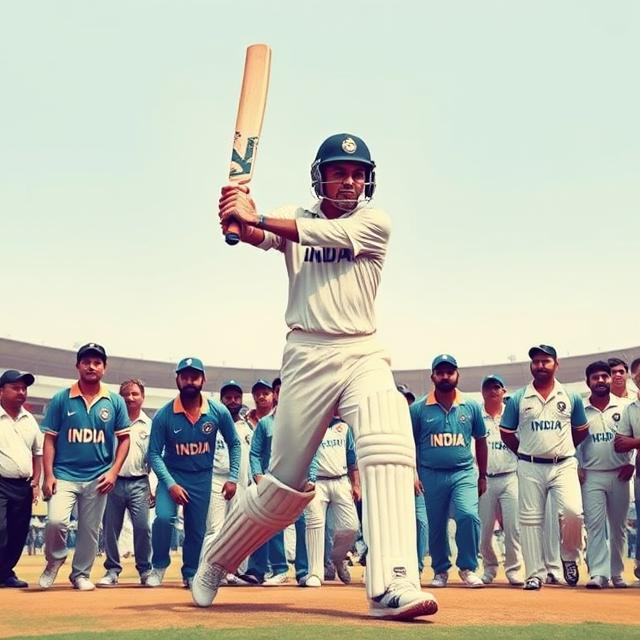Women’s Cricket World Cup 2017: Pakistan’s Performance and Journey
Women’s Cricket World Cup 2017 Pakistan Position: A Detailed Analysis
The 2017 Women’s Cricket World Cup served as a crucial stage for many teams, including the Pakistani side. While the tournament ultimately didn’t see Pakistan achieve significant victories, understanding their performance offers invaluable insights into the challenges and progress within the sport.
This article delves deep into Pakistan’s journey in the 2017 Women’s World Cup, examining their matches, key players, and the broader context of their development within the sport of women’s cricket.

A Tough Tournament Landscape
The 2017 Women’s Cricket World Cup presented a complex playing field. Established cricketing powers, with a strong history and consistent investment, often dominated the matches. Emerging teams like Pakistan, often facing resource and infrastructure challenges, found themselves navigating a competitive landscape demanding exceptional performances across all areas of the game.
This intense competition highlighted the need for continuous improvement, both in skill development and team management. It also underscored the significant strides Pakistan needed to make to consistently compete at this level. Understanding these challenges is key to appreciating Pakistan’s eventual position within the tournament.
Pakistan’s Squad and Key Players
Examining the composition of Pakistan’s squad in 2017 provides insight into the overall team strength and skill level. Did the squad feature prominent players with established records? Were there any emerging talents who showed promise for the future?
A review of key players and their individual performances during the matches provides an opportunity to assess their contributions to the team’s overall strategy. Did any particular players perform exceptionally well, showcasing noteworthy talent? Did their form significantly influence the team’s performance in the matches they played?
For example, did the bowling attack display noteworthy accuracy and skill, or were there areas for improvement in this aspect of the game? Analyzing such details helps to understand the specific challenges faced and highlights the areas for strategic development in the future.
Match Analysis: Facing the Giants
The matches faced by the Pakistani team in the 2017 World Cup are crucial for assessing their strengths and weaknesses. Analyzing the strategies employed, the results achieved, and the impact of specific players, provides a comprehensive look at their performance.
Did Pakistan consistently play to their potential, or were there notable inconsistencies? What were the primary areas of weakness, and how did these influence the outcomes of their matches? Analyzing the matches provides specific examples of strengths and weaknesses to aid in future planning and development.
The Impact of External Factors
Examining the context surrounding Pakistan’s performance allows a deeper understanding of their position within the overall tournament landscape. Were there any external factors, such as weather conditions, that may have significantly affected their performance? Were there any issues with team management that led to setbacks, or did the team’s performance consistently align with their capabilities?
The article will include detailed match-by-match analysis, looking not only at the final scores but also at the key moments, pivotal plays, and the strategic decisions that shaped the outcome of each encounter. This deep dive analysis allows for a holistic understanding of Pakistan’s progress throughout the tournament.
The Road to Improvement
Beyond just the 2017 World Cup, understanding Pakistan’s journey within women’s cricket provides crucial insight into their overall development and progress. This understanding highlights the potential challenges they faced as a nation developing their women’s cricketing talent.
This article will also address the impact of consistent practice, training, and player development programs.
It explores the need for improved infrastructure and resources, and the importance of strategic partnerships with international organizations and other nations to support women’s cricket in Pakistan. This helps understand the long-term vision and the broader steps necessary to improve the sport in the country.
What are the key recommendations for Pakistan’s cricket team moving forward? What specific areas of improvement are most crucial to their long-term success?
Conclusion: Lessons Learned for the Future
The 2017 Women’s Cricket World Cup presented a unique learning experience for Pakistan. By analyzing their performance in detail, we can gain a more nuanced understanding of the challenges they faced and the progress they achieved. This deep dive will explore specific areas for improvement, offering actionable insights for the future development of women’s cricket in Pakistan.
This article will summarize the key takeaways from the tournament, highlighting both the successes and areas for growth. It will offer a glimpse into the future of Pakistan’s women’s cricket team and the strategic plans necessary to achieve continued improvement and growth within the sport.
Ultimately, this comprehensive analysis of Pakistan’s journey in the 2017 Women’s Cricket World Cup aims to provide a comprehensive picture of their performance, identify key lessons learned, and offer a path towards a brighter future for women’s cricket in Pakistan.
This data-driven approach provides a valuable resource for fans, analysts, and future team members looking to understand the evolution of the Pakistani women’s cricket team. This data will empower strategic planning and highlight specific areas to concentrate on to elevate the team’s performance in future tournaments.